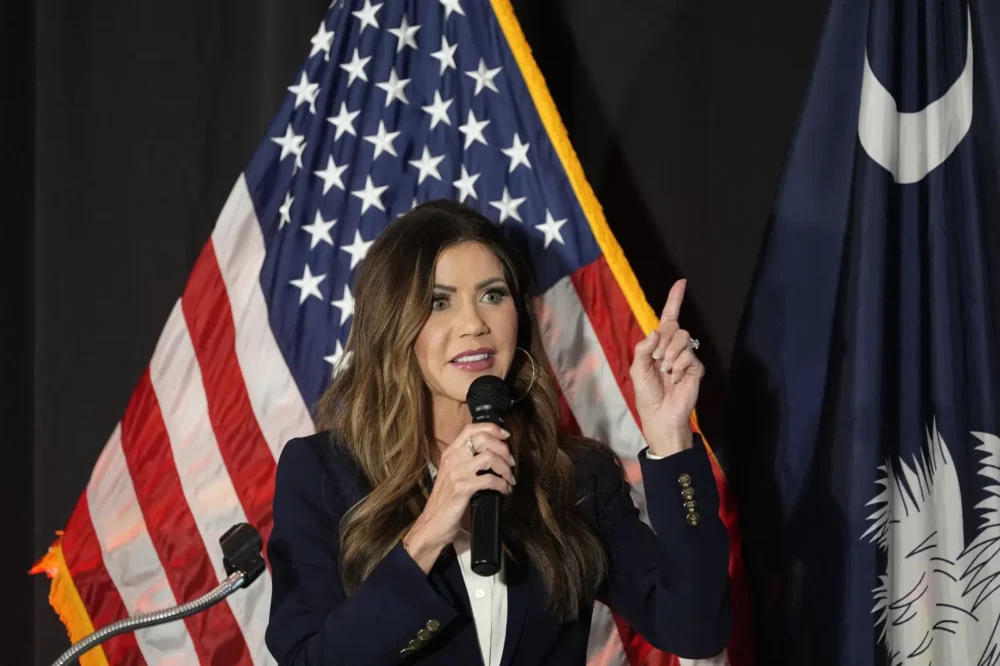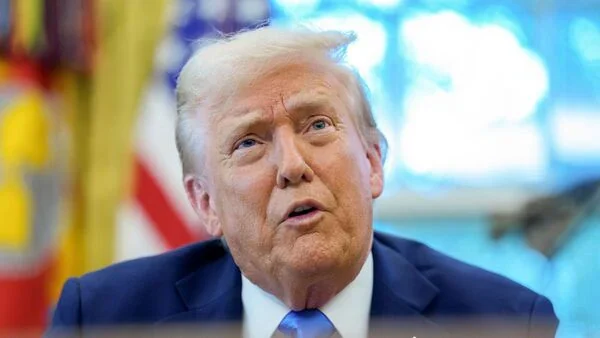The Trump administration’s decision to impose a $100,000 fee on new visas for skilled foreign workers may be intended to boost the hiring of Americans, but it will bring unintended consequences for patients and our entire health care system. The United States relies heavily on foreign-born doctors because of a crippling shortage of physicians across the country; in just over a decade, we’re expected to face a shortfall of 86,000 doctors as our population ages and people live longer. Charging a six-figure visa fee to get qualified foreign-born doctors to fill that gap will only make the situation worse.
One in four physicians and surgeons in the U.S. was born and attended medical school overseas, and the majority of those complete their medical residency training here on nonimmigrant visas, such as the H-1B. They fill critical, front-line roles in hospitals; a huge proportion of essential workers during the COVID-19 pandemic were foreign-born health care workers. They are indispensable to our nation’s health care system, not only in terms of numbers, but also in their commitment to serving communities most in need, like Flint, Michigan, where I practice medicine.
If the new visa fee applies to physicians, it will devastate our ability to train the next generation of primary care doctors in the hospital residencies required for family medicine, internal medicine and pediatrics, among other vital fields. Currently, more than 30% of medical residents in the U.S. are graduates of international medical schools, and about 10,000 of the 43,000 annual medical residency slots are filled by H-1B visa holders.
This Thursday, the American Medical Association sent a letter, co-signed by more than 50 other national health organizations, including the American Academy of Family Physicians and the American College of Physicians, urging the administration to exempt foreign-born physicians and health care workers from the exorbitant new fee, which will shut off a critical pipeline of highly trained physicians.
Before the government’s new policy went into effect this week, the cost of processing an H-1B visa was no more than a few thousand dollars. The prohibitive new fee will make it impossible for hospitals and health systems to recruit critically needed doctors from overseas, especially in underserved communities that are already under considerable financial strain.
As a result, patients will suffer, forced to travel farther or to wait longer to get the care they need. In some specialties, such as geriatric medicine and nephrology, foreign-born doctors are the majority, and in rural and underserved communities, foreign-trained doctors may be the only primary care providers in the area.
My own parents emigrated from India to Flint in the early 1970s to practice medicine under a visa program that predated the H-1B – my father in radiology and my mother in pediatrics. They ran a successful and desperately needed medical practice in Flint, and became respected figures in the city. In my home state of Michigan today, nearly 90% of counties face at least a partial shortage of primary care physicians; we need hundreds more doctors to meet existing needs. America’s population has grown by more than 70 million since the 1990s, with the largest growth among older adults who typically need more complex care. At the same time, nearly half of all practicing physicians in the U.S. are 55 or older, meaning many will soon retire or scale back their hours. Training a new doctor takes a decade or more, all while the huge Baby Boom generation is retiring and living longer.
Meanwhile, we can trace the growing shortage of doctors to serve an aging population back to the Balanced Budget Act of 1997, which as a cost-saving measure capped the number of residency positions that Medicare would fund at the levels from the previous year: roughly 98,000 nationwide. Those numbers changed little for the next five years before slowly ticking up in the decades since, but at a rate insufficient to meet our nation’s growing health care needs. Federal funding through Medicare, Medicaid and other sources support about 85% of all medical residencies in the U.S. Funding from states, hospitals and philanthropic efforts support the rest. The average salary for a medical resident ranges from $60,000 to $75,000, depending on their specialty.Most hospitals in the U.S. are still limited to the same number of federally funded residencies as three decades ago when the cap was enacted, even though patient demand has skyrocketed. While more than 1,000 new federally funded residency slots have been added in recent years, it’s nowhere near enough to meet demand.
More than 60% of H-1B visa holders are employed in computer-related fields, but tens of thousands of them are physicians and other professionals working in health care. The decision to impose a six-figure fee on visas for high-skilled workers may have been aimed at the major beneficiaries of the program in Silicon Valley, where prominent tech leaders including Sundar Pichai, CEO of Alphabet, the parent company of Google, and Satya Nadella, CEO of Microsoft, were once H-1B visa holders. But unlike tech giants, hospitals don’t have deep pockets to pay six-figure visa fees and communities where there are too few doctors will bear the brunt of this decision. At this critical moment, the AMA wants to work with the administration and Congress to help build a medical workforce to meet our changing health needs.
The Senate and House versions of a bipartisan bill before Congress known as the Resident Physician Shortage Reduction Act of 2025 would help close some of these workforce gaps. The main fix would be to add 14,000 medical residency positions over the next seven years that would be funded by Medicare. Known as Graduate Medical Education, this program would put doctors in the specialties and locations where they’re needed most. Passing this legislation would be a game-changer, targeting communities where doctor shortages are most severe to put new physicians at hospitals in rural areas, in hospitals affiliated with historically Black medical schools, in states with new medical schools. We need to both expand federally-funded residency slots and smooth the pathway for highly skilled professionals to practice medicine in the U.S., regardless of where they were born or trained.
The AMA stands ready to work with the administration and our partners in medicine to support our patients and communities. Investments we make today will ensure our nation has the physician workforce it needs to confront the health challenges of tomorrow.
How a $100,000 visa fee will make the doctor crisis worse










